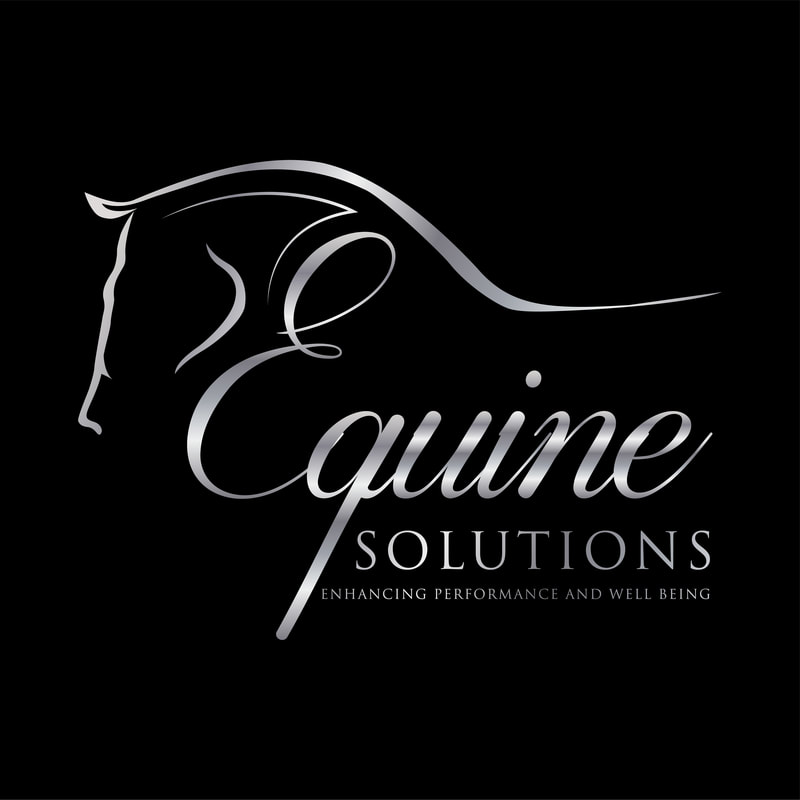|
The Equine shoulder areas are a main point in motion and alignment. If stiffness occurs there, it can create issues farther down the leg because blood isn’t flowing properly. The cap of the scapula, the rounder area of the shoulder blade below its withers is an important area on the horse. This is where the saddle tree comes in contact with the muscles around the scapula and where there are fascial attachments of muscles that go into the crest, withers, shoulder, etc. An ill-fitting or poorly positioned saddle can create problems not just for the back, but also cause postural compensations affecting the front and back legs. Horses have a wide range in motion in their shoulder that begins at the cap of the scapula, so if that is blocked the other muscles will not be able to work properly. These muscles need to be balanced well so that the horse can function symmetrically and have nice flow from that functional axis of rotation. Palpating, or massaging, is an excellent way to release muscle tension and promote better circulation. It’s always best to start with a light touch and feel the muscles to gauge how tight or fluid they are. Using your fingers, press lightly and watch the horse’s body language to see whether the spot is sore, sensitive or painful. Lighter is always better. Once the tissue softens underneath hand you can begin to add more pressure. Watch for your horse’s reactions. If the horse pulls away, paws or displays irritated behavior, remove pressure. If the horse displays signs of licking or chewing, this means it is relaxing into your touch, and the palpation is working. After loosening the muscles, lift the legs, the feet and the lower joints to get them mobile. Lack of motion can be one reason why these muscles get stiff. Gentle joint mobilization and gentle range of motion of the joints will help relax tight and tense muscles. This is also a great way to evaluate your horse’s range of motion in each of his shoulders. Notice if one shoulder is more reactive to your touch or if one has more range of motion than the other. Typically, one will have less range of motion than the other. When you find this, spend more time working on the shoulder/scapula area to release the fascia and soft tissue around the scapula to help encourage and increase in range of motion.
0 Comments
Your comment will be posted after it is approved.
Leave a Reply. |
AuthorMeghan Brady is a equine industry professional specializing in a holistic approach for both horse and rider to enhance performance and well being. Archives
October 2023
Categories |



 RSS Feed
RSS Feed